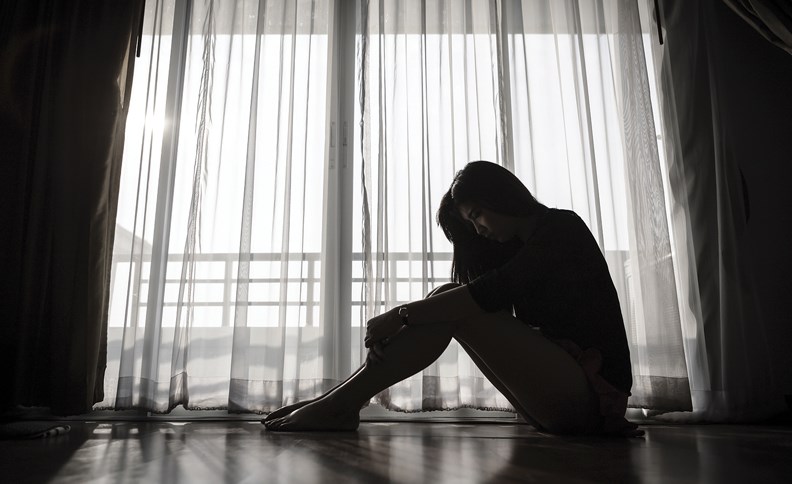As goes the sun, so goes the mood. For some people, short, dark winter days are a time of low energy and sad spirits.
Virginia Woolf, who knew a bit about gloom, wrote: “Melancholy were the sounds on a winter’s night.”
This seasonal dreariness can lead to productive introspection and creativity – or it can lead to emotional crashes and symptoms virtually indistinguishable from major depression.
So, what is it about short days and low light that causes these swings in mood?
In 1984, Norman Rosenthal, at the U.S. National Institute of Mental Health, called this phenomenon “seasonal affective disorder,” or SAD. Though the science was skimpy, and many in the research community thought there was nothing concrete worth looking for, Rosenthal generated a following and began to collect suggestive statistics.
He (and others) found that winter blues were most pronounced in Nordic countries – though, inexplicably, Icelanders seemed immune. So, too, Canadians of Icelandic descent. Other researchers have found a similar pattern in the lower latitudes of the Southern Hemisphere.
Importantly, studies reliably show that people already living with major depression and bipolar disorder suffer SAD more severely and in greater numbers.
The so-far inconclusive search for biological causes has nonetheless spawned various treatment theories and at least two very profitable industries: light therapy devices and melatonin supplements. It seems, though, that low light and subsequent fluctuations in hormone production are involved.
Whatever its cause, SAD is very real for many folks, and the challenge is to find a way to recognize and manage it. As with other mood disorders, relief is most likely to follow a multi-faceted approach.
If low light is a factor in SAD, then it makes sense to somehow arrange for a brighter daily environment. There are plenty of companies that would be delighted to separate you from your money in exchange for a device to make this so, but I think it is a better idea simply to get outside as much as possible.
While out of doors, why not take some exercise at the same time? Say, a 20-minute walk to a favourite place on the beach. Regular mild exertion has already been identified as being helpful for symptoms of depression, so it makes sense to take the same approach to SAD.
Likewise, paying careful attention to diet can also help. Avoid high-carbohydrate foods and empty calories, and stick to a regular meal schedule that includes plenty of fresh fruit and vegetables. This helps with depression, and it will probably help when the winter blues hit.
Low spirits, no matter what the cause, frequently cause us to reduce the frequency and intensity of our social contacts. By resisting the urge to isolate and by staying close to friends and loved ones, we may find the persistent introspection and negative thinking that so often attends dark moods cast aside.
If these approaches (which are components of a healthy lifestyle, anyway) don’t seem to work, there are other options.
Cognitive psychotherapy or other forms of counselling may be worth considering.
In researching this piece, I spoke with many local folks who told me about their own approaches to SAD: everything from herbal remedies to regular ocean swims.
Perhaps you have one you’d like to share. If so, contact me at [email protected]



